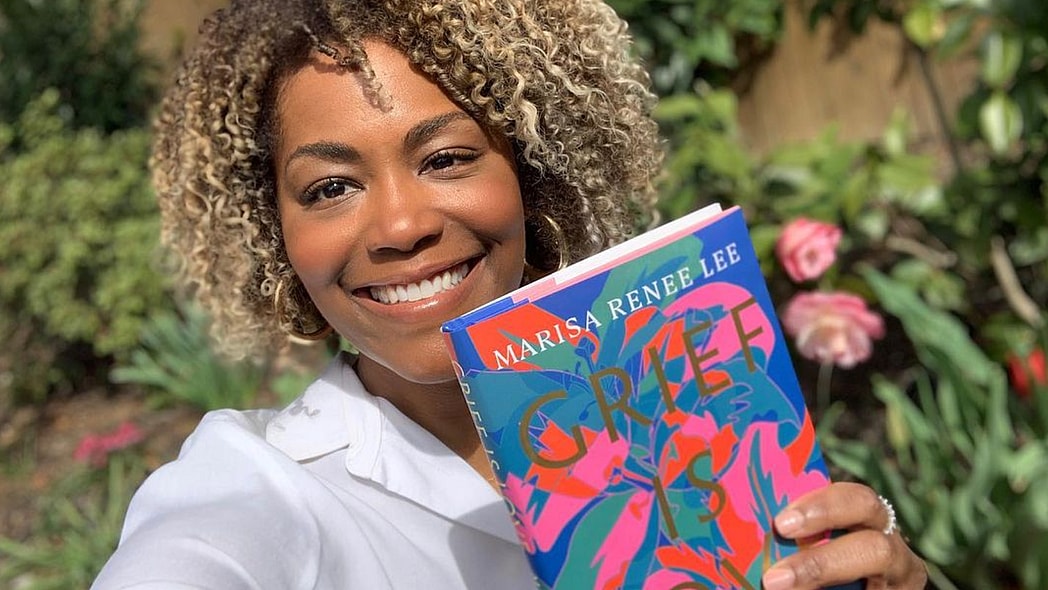Not only are tattoos more popular than ever, they have also been mainstreamed. Alongside professional athletes and random celebrities, Average Joes and Janes are getting illustrative body art in increasing numbers, with young people, Blacks and women leading the ink brigade.
A recent Pew Research Center poll found 39% of Black Americans have a tattoo, compared with 35% of Hispanics, 32% of whites and 14% of Asian Americans. More than half (56%) of American women 18 to 29 have at least one tattoo, and women now outpace men in getting permanent body art. Tattoos are no longer taboo — even for people in traditionally conservative professions like law, investment banking and politics.
But what do most people know about medical tattoos?
Medical tattoos serve a purpose; they are not there just to look pretty. For cancer patients, they may mark an area for radiation therapy or other treatment. And paramedical tattoos serve both style and function, camouflaging changes to the skin or scalp due to health conditions, scars, burns, or surgery. With medical tattoos, the age-old art of body illustration is put to practical use, restoring visual wholeness while supporting emotional and psychological recovery.
Unlike tattoo parlors and salons, in hospital settings, tattooing must meet higher sterilization standards, and specialists use medical-grade ink and mineral pigments, and smaller-gauge needles. But the procedure is basically the same: tiny spheres of pigments are deposited into the upper layers of the skin.
So, how can medical tattoos be used?
Radiation therapy tattooing
In some cancer treatments, tattoos mark the spots where radiation needs to be administered. Permanent tats prevent these markings from coming off the patient between visits. Ultraviolet ink, visible only under UV light, is sometimes used to mark an area on the skin for later identification or treatment.
“They take all kinds of measurements and make a mold of your body using a soft plastic material that hardens,” said Julia, a uterine cancer survivor, about her treatment last year at Memorial Sloan Kettering Cancer Center’s Department of Radiation Oncology.
“They put four holes in the mold and tattoo a small dot on the skin under each hole,” added Julia, describing a long process called mapping. “Before each round of therapy, they’d line up the holes with my four tattoo dots to ensure that I’d be in the same position as before; the ink spots are used to line up the mold, and it’s the mold that’s used to line up the beams.”
Julia, who wishes to remain anonymous, is now thankfully in remission. “I wouldn’t say it didn’t hurt at all,” referring to the tiny tattoos still on her abdomen, “but it wasn’t very painful.”
John Belanich, Chief Radiation Therapist at NYU Langone Department of Radiation Oncology, described a similar procedure in targeting treatment areas for breast cancer patients.
“We tattoo four or more little areas – the same size as a freckle – to align the lasers in the treatment room,” Belanich noted. “After marking the spots, we place a drop of ink on the skin and just scratch the surface using a small-gauge needle. It doesn’t need to go as deep as a regular tattoo.”
Nipple restoration tattoos
After a mastectomy and breast reconstruction, a tattoo can restore the appearance of the areola and nipple using new 3D techniques. This option helps breast cancer patients who have had implant surgery avoid a third procedure to reconstruct the areola and nipple. In fact, some patients choose decorative breast art as a form of self-expression instead of restoring the basic areola and nipple.
“More women are opting for tattooing to avoid additional surgery, and it’s giving [them] a great outcome,” said Nurse Practitioner Leah Hirsch-Cotter, who assists Dr. Vishal Thanik, a plastic surgeon at NYU Langone Hospital. “However, our goal is to have the best reconstruction for each individual patient,” Hirsch-Cotter added, noting that tattoos provide options that patients didn’t have even a few years ago.
Some cancer patients decline breast implants altogether, choosing to “go flat” and get intricate decorative tattoos on the chest instead of reconstruction.
“It’s emotional,” said Friday Jones, a gifted New York-based tattoo artist profiled by CNN who has worked for over 10 years with women who’ve had mastectomies. “Think about a four-hour or six-hour tattoo — immediately after, we’re both relieved that it’s done because it’s painful and stressful.”
But in the very next moment, noted Jones, these women “see themselves as a stunning work of art; they turn into superhumans. My favorite part is working with women who’d [previously] never get tattoos, and now we’re celebrating them.”
Seeing their immediate transformation brings her joy: “It is so gratifying to be able to midwife these women into this next chapter of their lives,” said Jones.
Recommended Stories
Restoring pigmentation
Remember Michael Jackson’s skin condition? Vitiligo causes the body’s immune system to attack pigment cells or melanocytes, resulting in pigment loss. Some, like supermodel Winnie Harlow, celebrate their vitiligo, but for those who desire, tattoo artists can fill in and camouflage vitiligo’s white patches using pigments that match their client’s original skin tone.
Paramedical tattoos also conceal scars and surgical stitches, including those left behind after a C-section, as well as stretch marks, burns, alopecia, birthmarks, and even age spots. Restorative tattoos help people recover psychologically from visible scars after a car accident or some other traumatic event. For example, one Illinois tattoo artist posted a photo of fingernail tats he created for a client who had lost two fingers in a construction accident. According to The New York Times, the photo went viral, and business boomed.
Medical alert tattoos and military dog tags
Instead of wearing a medical alert bracelet, some people choose to engrave critical medical information on their skin. Tattoos can alert paramedics and other health professionals to conditions such as diabetes, severe allergies, heart disease, and epilepsy before they start treating the patient.
Many combat soldiers have at least one tattoo, and some ink their military IDs on the torso, underneath the arm, in case a bomb separates limbs from bodies. For this reason, tattooed dog tags are sometimes called “meat tags.”
Insurance hurdles
It’s not easy to get insurance coverage for “cover-up” tattoos, which are considered cosmetic. However, a federal law called the Women’s Health and Cancer Rights Act of 1998 (WHCRA) requires group health plans and individual health insurance policies to provide coverage for post-mastectomy reconstructive procedures, including areola and nipple tattooing. Still, this law doesn’t preclude complications, delays, and dead-ends before and after submitting a claim. Preauthorization is typically required for all diagnosis codes. But many people just end up paying out of pocket.
However, most would agree it’s worth it because medical tattoos can improve body image and greatly contribute to a patient’s confidence and mental health. Looking good — or at least restoring a sense of normalcy — is deeply connected to feeling good.
“When women who have been through cancer and mastectomy start seeing themselves as this sculpture, as this work of art,” said Jones, “that’s when it really clicks, and they get to the other side.”

Carol J. Kelly is a freelance writer/editor with extensive experience at leading newspapers, including The Wall Street Journal and The Boston Globe. She’s currently writing a memoir focusing on her mother. She lives in Brooklyn, New York.
Never miss a beat: Get our daily stories straight to your inbox with theGrio’s newsletter.










